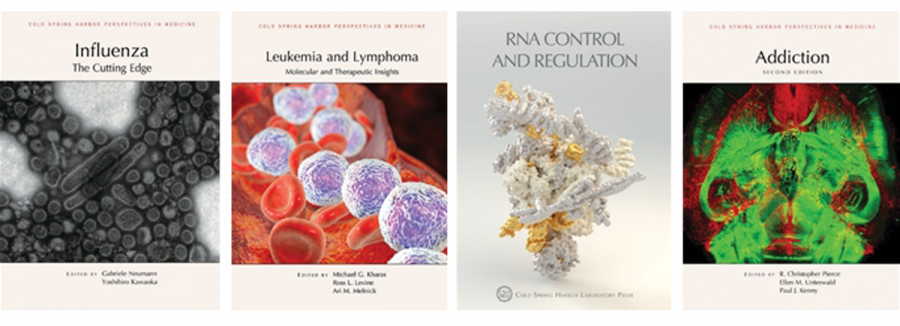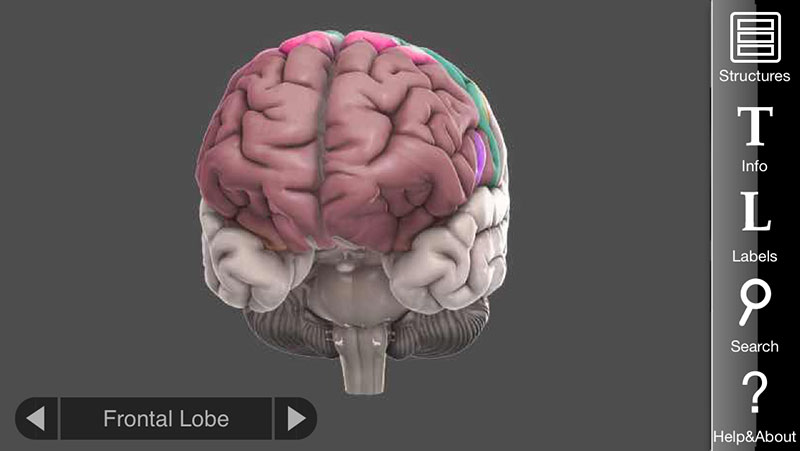


To overcome this problem, researchers need a standardized way to communicate their experiments and share their results – in other words, a ‘standard language’ to describe neurophysiology data. However, the sheer diversity of neurophysiology experiments impedes the ‘FAIR’-ness of the information obtained from them. For this to happen effectively, neurophysiology data need to meet certain criteria: namely, they must be findable, accessible, interoperable, and re-usable (or FAIR for short). However, to form a complete, coherent picture of how the brain works, scientists need to be able to integrate all the data from these different experiments. Such a range of approaches provides us with highly informative, complementary ‘views’ of the brain. These neurophysiological studies are often conducted on multiple types of cells in the brain as well as a variety of species, ranging from mice to flies, or even frogs and worms. To understand how the brain works, scientists monitor and record brain activity under different conditions using a variety of experimental techniques. The brain is an immensely complex organ which regulates many of the behaviors that animals need to survive. More broadly, the design principles of NWB are generally applicable to enhance discovery across biology through data FAIRness. Thus, the NWB data language enables reproduction, interchange, and reuse of diverse neurophysiology data.
CITE COLD SPRING HARBOR 3D BRAIN APP ARCHIVE
NWB exists in an ecosystem, which includes data management, analysis, visualization, and archive tools. We demonstrate NWB’s impact through unified description of neurophysiology data across diverse modalities and species.
CITE COLD SPRING HARBOR 3D BRAIN APP SOFTWARE
Our open-source software (Neurodata Without Borders, NWB) defines and modularizes the interdependent, yet separable, components of a data language. We describe design and implementation principles for a language for neurophysiology data. This requires a standard language for data and metadata that can coevolve with neuroscience. Understanding the brain requires integration of data across this diversity, and thus these data must be findable, accessible, interoperable, and reusable (FAIR). The neurophysiology of cells and tissues are monitored electrophysiologically and optically in diverse experiments and species, ranging from flies to humans.

Helen Wills Neuroscience Institute and Redwood Center for Theoretical Neuroscience, University of California, Berkeley, United States.Biological Systems and Engineering Division, Lawrence Berkeley National Laboratory, United States.Departments of Physiology and Psychiatry University of California, San Francisco, United States.Kavli Institute for Fundamental Neuroscience, United States.Janelia Research Campus, Howard Hughes Medical Institute, United States.Department of Neurosurgery, Stanford University, United States.Allen Institute for Brain Science, United States.Department of Otolaryngology - Head and Neck Surgery, Harvard Medical School, United States.McGovern Institute for Brain Research, Massachusetts Institute of Technology, United States.Applied Mathematics and Computational Research Division, Lawrence Berkeley National Laboratory, United States.Scientific Data Division, Lawrence Berkeley National Laboratory, United States.


 0 kommentar(er)
0 kommentar(er)
